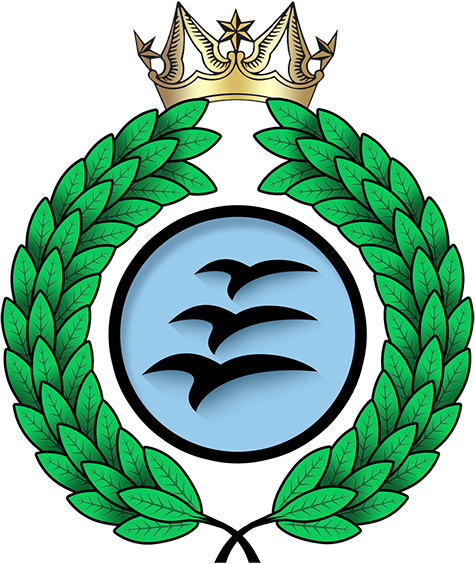What is Gliding?
Gliding involves flying unpowered aircraft known as gliders or sailplanes. Despite the lack of an engine, flights in a glider are very similar to any powered aircraft. Gliders manoeuvre and behave just like any other fixed wing aircraft, but in order to stay airborne for long periods of time pilots utilise naturally occurring rising currents of air. These invisible currents of air are known as ‘lift’ or ‘thermals’ allow the aircraft to be soared to great heights.
However, on some days the weather conditions are unable to produce these currents of air. Despite the lack of thermals gliders can still fly and operate normally, but the available flying time is much reduced. A typical glider flight from 2,000ft will last 10 minutes without thermals, but in the presence of lift a glider can be airborne for hours at a time.
But how does an aircraft with no engine get airborne?
All RAFGSA clubs have winches as their primary means for launching gliders. The winch comprises a powerful engine connected to drum and cable. Through a series of signals the winch driver reels in the cable to pull the glider forwards, thus providing the missing thrust that an engine would provide. This forward motion through the air then creates lift on the wings and allows the pilot to climb steeply through the air. Gliders on a winch launch will typically reach a height of 1,500-2,000ft before having to release the cable.
The common alternative is the use of tug plane. A rope is attached between a light aircraft and the glider in order to tow. The tug plane can tow gliders as high as needed, but typically this is around 3,000ft.
How far can we go?
Once a glider pilot has mastered the ability to soar, the next challenge is flying long distances cross country – all without the aid of an engine! Typical cross country flights in the UK are in the region of 300km, with gliders averaging speeds of over 100kmh.
What does it cost?
Gliding is by far one of the cheapest methods to get airborne.

